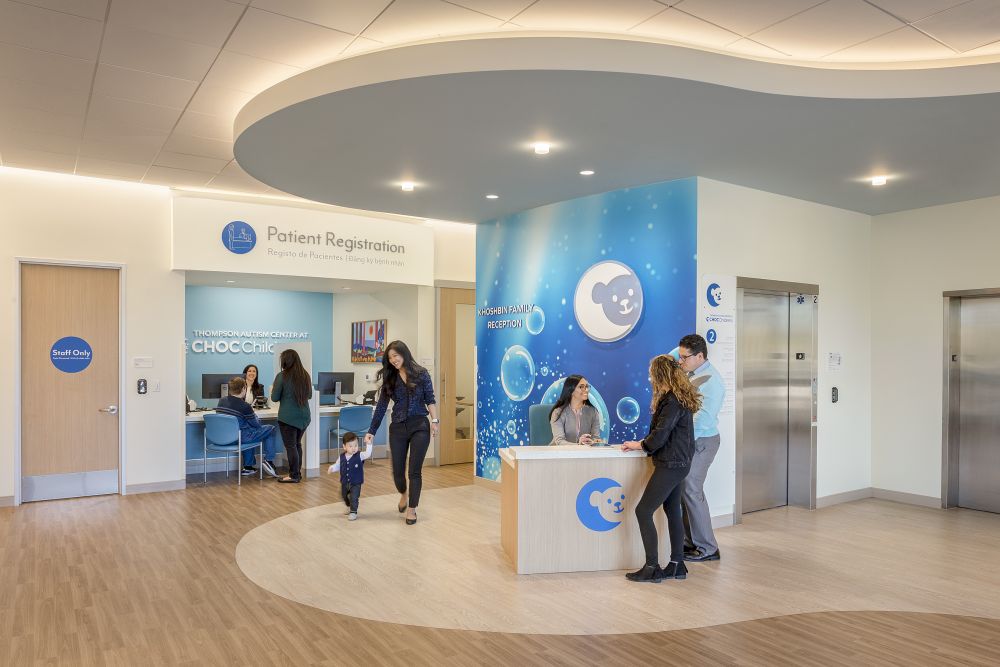Creating an easy-to-deploy model for neurodivergent learning and development
It is estimated that of the 50 million+ students enrolled in PK-12 education across America more than one in five identifies as neurodivergent. This means that over 10 million students in our nation’s schools process and perceive the world differently from their peers. To thrive academically, emotionally and socially, these children often require tailored interventions and support.
Moreover, it is estimated that American students spend 75-80% of their learning day in general classrooms designed for a general population.
All of these reasons are why we were thrilled when Edison Park Elementary School in Chicago approached our team about creating a new single-room sensory space for diverse student needs and divergent development. With a specific space identified, the school district sought a space that would consider every sensory input (touch, sound, vestibular, etc.) and be able to adapt to diverse student needs both day-to-day and over time.
"A couple years ago a teacher approached me and said he'd been to an Imagination Station with his kids over the weekend and it would be so cool if we had something like that in our school," explains Edison Park Elementary Principal Jeff Finelli. "I looked at him and said, we have an extra classroom...what are your ideas? What could we create?"
Creating universal resources before a specific space
What are your ideas? What could we create? Those were the design prompts that eventually came to our team via Edison Park. These prompts led our team - which included a blend of education, design, Blue Cottage and Open Hand Studio leaders - to a defining question.
What if in helping Edison Park, we could create resources that every school and/or learning facility could use to create their own type of sensory space?
The team began by creating a guide that identifies all different sensory inputs, categorizes them into distinct clusters, and then allows users, teachers, and parents to create custom responses based on their students and space specific needs.
The result is an easy-to-action guide or "playbook" that any school district in the country could use to develop programming. Each response is concerned with the action, the person, and the sensory inputs designed to be calmed or stimulated. And these responses can almost always be executed with accessible and straightforward furnishing solutions.
Edison Park's solution and its immediate impact
With this actionable guide built, our team then helped Edison Park apply it. The school transformed what was an empty room into a dynamic space with three distinct clusters around gross motor skills, sensory activation and calming. Here are just some of the specific features of Edison Park's sensory space broke out by cluster:
Gross motor skills
- Sensory steps
- Sensory swing
- Bounce ball
- Mats
Calming
- Rocker chair
- Pillows
- Nook
- Bubble light
- Focus chairs
Sensory activation
- Light board
- Activity table
- Sensory wall
- Sensory nooks
Testimonials
Edison Park opened the new space in early April 2024 immediately after spring break. Teachers and staff immediately found different ways for students to access the sensory room during breaks and other times during the school day.
In talking about the reaction, Finelli shares that the more kids experienced the sensory space, the more they wanted to come back.
"Some gravitate toward the spinning chairs, the Legos, or the calming areas, they access whatever they need in that moment," Finelli adds. "I go there a lot too now...just to see all those kids smiles."














